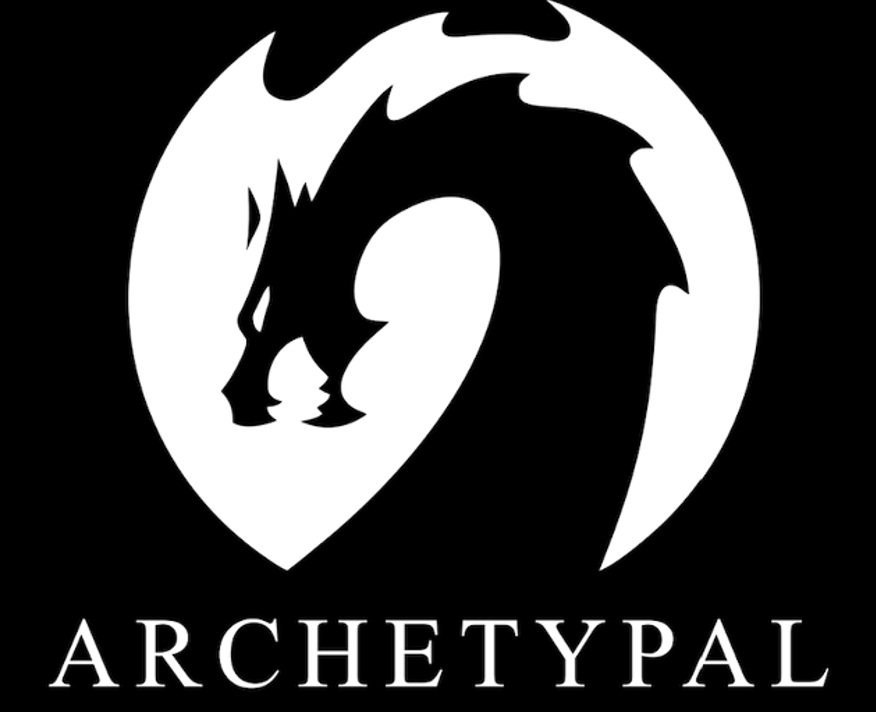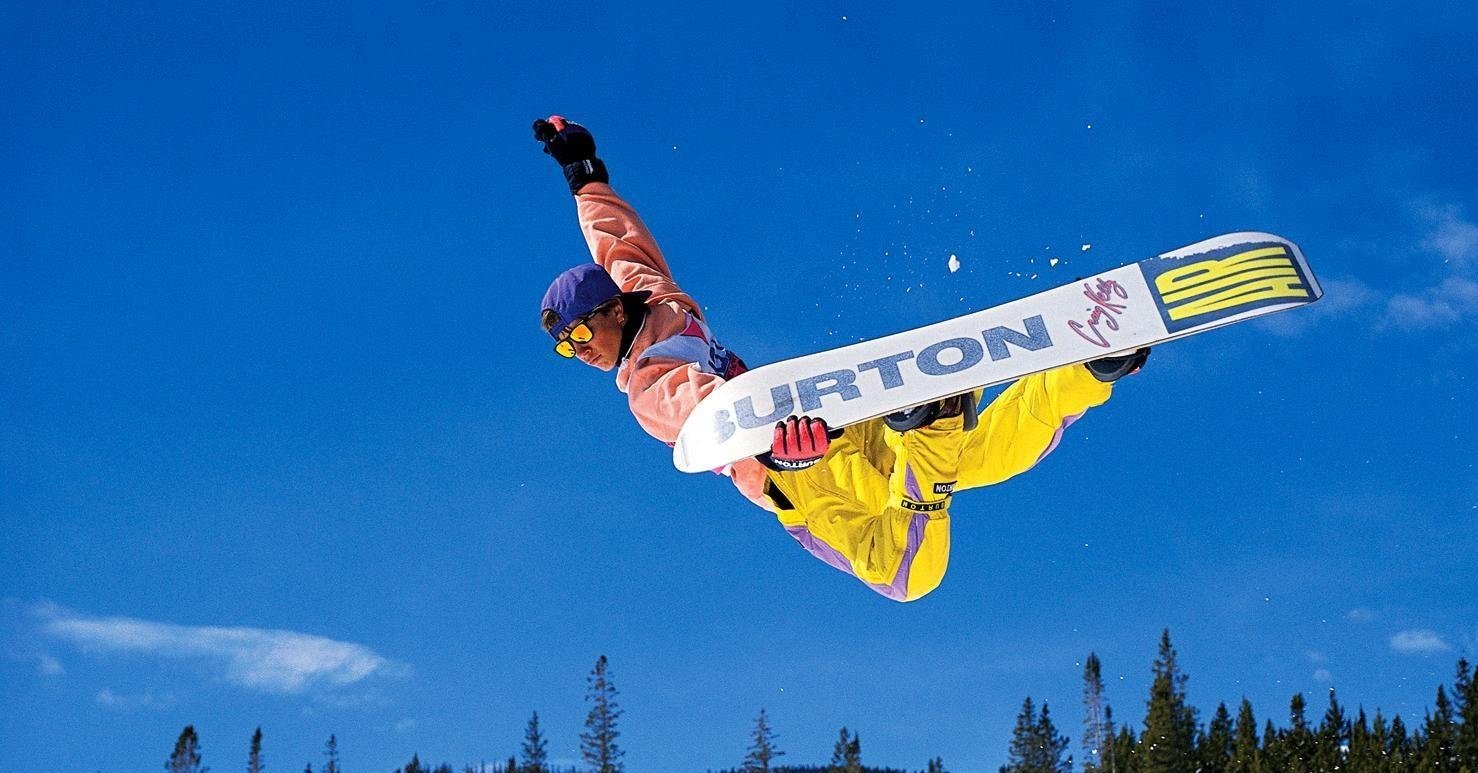The Darkest White
Reflections From The Story’s Villain
The Darkest White, by Eric Blehm, chronicles the life of Craig Kelly, his career in snowboarding and the details around the avalanche that took his life, along with six others.
Reading this book has been an incredible gift for me in my life and the work that I do. The searing pain of being portrayed as “the villain” of such a profoundly consequential event in the mountain community, and beyond, is an experience that we should all feel at some point in our lives, when we have the tools to manage it. I will be that villain if you need me to be, even if it is unjust.
The reason one should experience being “the villain” is to capture a deep compassion for our own humanity. Prior to reading The Darkest White self-compassion had eluded me. For the last two decades, I haven’t been able to truly forgive myself for my role in this tragedy. True self love can only come from the depths of our soul and this book moved absolutely everything out of the way for me. I have come to a place where I no longer fear being “the villain.”
It is likely that at some point in our lives we will all find ourselves face-to-face with the villain within, or we will be vilified. This is part of the journey of being human. Most of us shy away from casting our gaze at our villains, faults, or shadow aspects. We do this at our own peril. Only when we know the darkest parts of ourselves, will we be able to respond to adversity well and make good choices in our lives that serve the whole community. I believe Craig Kelly understood this and that is why he was such a great human being that everyone loved so much. He was a teacher in transcendence and it is important that we follow his example.
Wholeness, the feeling of being complete, which we all deeply crave, can only be found when we own the faults that scare us most and share them openly. Only then can we stand in the world with self awareness and without fear. My faults were hidden deep within as I strode up the slope of La Traviata twenty-one years ago, a misguided human seeking the fleeting acceptance from others. I was the archetypical manboy. The avalanche and my role in it was a profound amplification of my own pain on the world around me. This is why I wrote about La Traviata in Buried; it was the beginning of my opus on human hazards. There has been much more since then. To understand what villain is showing up to the decisions we make is the key ingredient in managing ourselves in high-hazard situations. In my book, I explore my own villains to show exactly how dangerous they can be. This is how my book is intended to be used, but how people actually use it is none of my business.
The Darkest White also helped me feel compassion for Ruedi Beglinger. He truly has been pitched as the villain of this story for decades and the weight of that burden can be seen on his craggy face. This is profoundly unfair. The pressure to deliver powder snow, which we all amplify when we glorify riding in the mountain film festivals, is too much for any fragile human being to bear (and we are all fragile humans.) Yet when tragedy struck, Telemark Tips (a backcountry skiing website) and other social media platforms were flooded with posts pointing the finger, ignoring the role that our own desires played. Even if not physically there ourselves, it is important to reflect on if we have participated in the hype that builds into a culture of “pushing it.” These desires (and other shadow elements) pose the same hazards on our own decisions, they are there lurking in the shadows like an out-of-sight software running the actions of our lives. If we fail to recognize this, then we are bound to experience something akin to what those who lived through, and died at, La Traviata have.
The Darkest White reminded me that I have erred in my interactions with the professional community, including Ruedi. My excitement over discovering the freedom of accountability has been like a version of Plato’s Allegory of the Cave. As the story illustrates, sometimes sharing our insights is not welcome. Others’ exploration of their own villains was and is none of my business, unless they ask. My impatience for change got the better of me. I needed to remain in the discomfort of La Traviata not being settled in the community. It is now settled for me in my own heart. I know I have faced all my demons.
Another prize for me found in the pages of the The Darkest White is the translation of La Traviata: The Fallen Woman. We all lost our innocence that day. Important feminine qualities graced no man before and when we arrived on the slopes of La Traviata. . . until tragedy struck. Only when there were buried humans was there heart-centred action. The most profound lesson from this tragedy is to bring creativity, love and compassion for our fellow humans into everything we do. To embrace the divine feminine and let her grace our actions and decisions with listening, caring and mutual respect BEFORE tragedy strikes. Only then might we be safer on the perilous slopes.
I invite you to read this book. When you do, I encourage you to put yourself in my shoes, the shoes of “the villain.” In my opinion, this is how all case studies should be read. If you can do this, you might discover your own wholeness. Then you will have learned something important from this tragedy that took the lives of Naomi, Jean Luc, Dave, Dennis, Vern, Kathy and Craig.
Wholeness was Craig’s hallmark and its pursuit is the only way you can authentically have him as your co-pilot.



